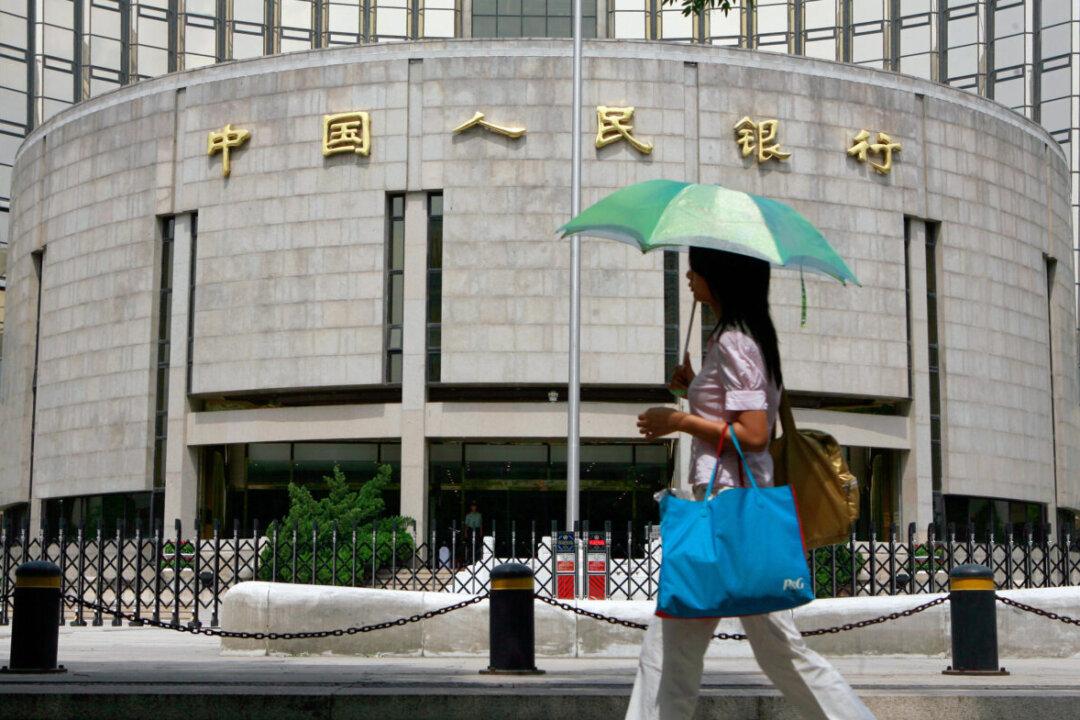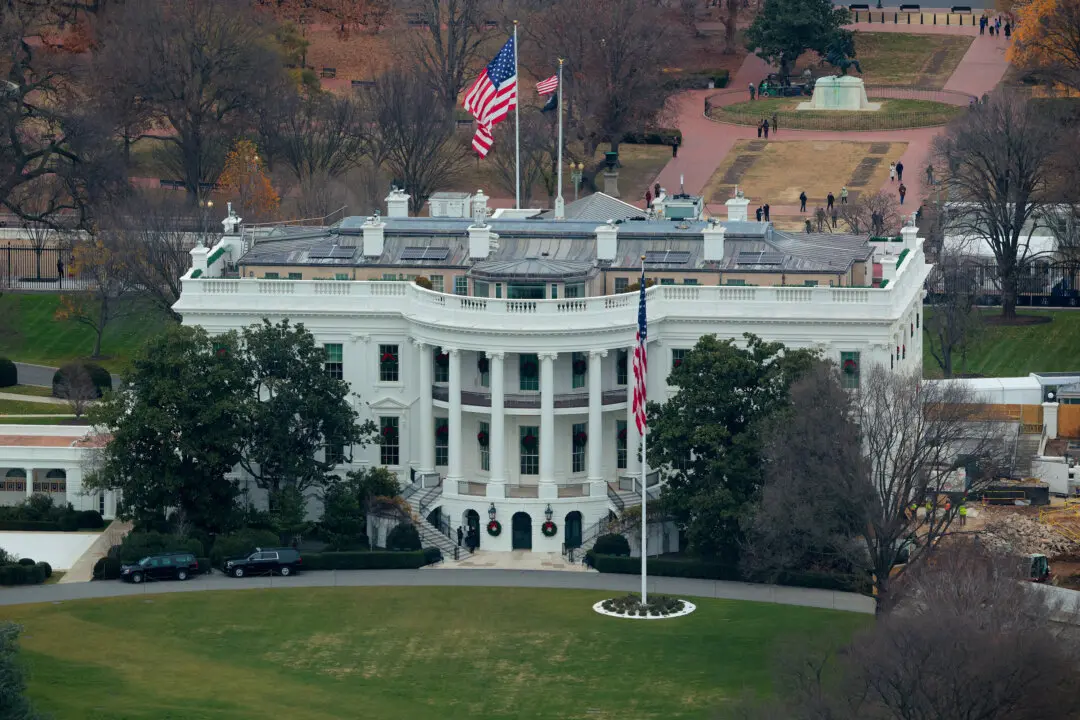BEIJING—A broad array of Chinese data on Tuesday highlighted intensifying pressure on the economy from multiple fronts, prompting Beijing to cut key policy rates to shore up activity.
Just before the release of a batch of July data, China’s central bank unexpectedly chopped one set of key interest rates, and followed it with cuts on other rates hours later, underlining the rapid loss of the post-COVID economic rebound that has shaken global financial markets.





